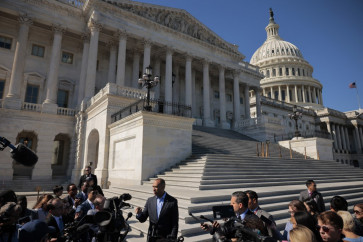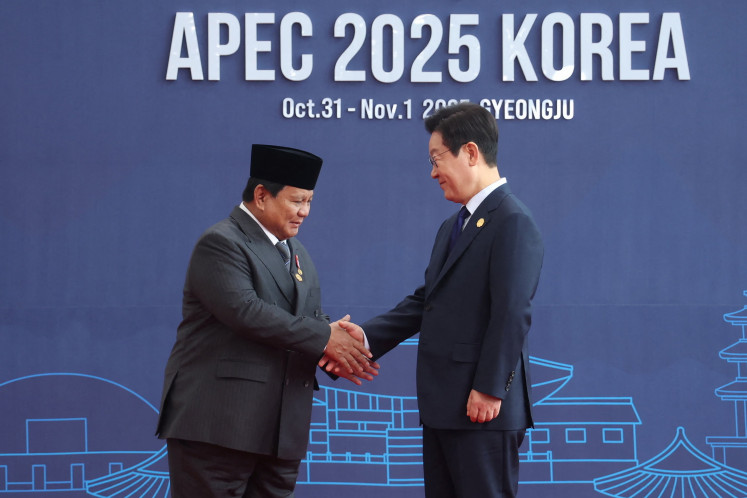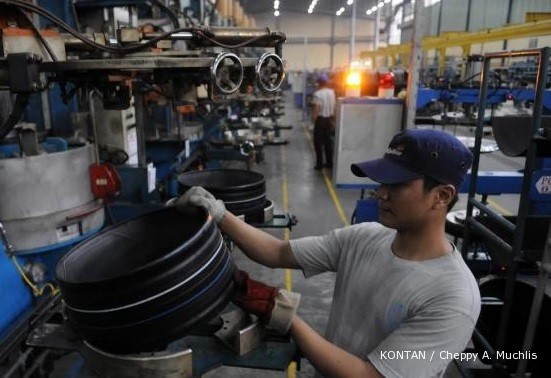Popular Reads
Top Results
Can't find what you're looking for?
View all search resultsPopular Reads
Top Results
Can't find what you're looking for?
View all search resultsNew rules to boost renewable energy development
A new ministerial decree that caps the rates of electricity produced from renewable energy sources may help get the ball rolling for state-owned electricity firm PLN
Change text size
Gift Premium Articles
to Anyone
A
new ministerial decree that caps the rates of electricity produced from renewable energy sources may help get the ball rolling for state-owned electricity firm PLN.
Although the firm has been notoriously reluctant to procure power from renewable sources due to the high rates, Energy and Mineral Resources Ministerial Decree No. 12/2017 has given the company confidence in helping the government meet an official target to derive 23 percent of domestic energy from renewables.
PLN corporate planning director Nicke Widyawati said PLN highly appreciated the decree because although it understood the importance of the renewable energy goal, the firm had to be financially healthy so that it could obtain loans for all of its projects.
“The fact that the government has set a cap based on electricity supply costs [BPP] is extremely relevant. It will help lower rates while maintaining PLN’s finances,” she said recently.
Indonesia is estimated to have a whopping 300 gigawatts (GW) potential in renewable energy, mostly dominated by geothermal, hydro and solar energy. However, plants producing only 8.8 GW have been operating as of October last year.
PLN is expected to develop an additional 23,488 megawatts within the next decade, according to the General Planning for National Energy (RUEN).
High electricity rates, attributed to poor infrastructure and application of new technology, apparently serve as the major obstacle to the government developing renewable energy.
The new decree aims at appeasing PLN while also creating more even BPP across the country.
The rate caps described in the rule replace the previous feed-in tariff mechanism. When a region posts higher BPP than the national average, the electricity rate will be capped at 85 percent, with the mechanism being applied to all renewable energy power plants.
The only exceptions are geothermal and waste-to-energy plants. No cap will be implemented if the regional BPP is higher than the national average, resulting in a rate that is equal to the BPP itself.
Under the ministerial decree, PLN is also tasked with composing and proposing the domestic BPP to the Energy and Mineral Resources Ministry every year that will serve as the basis of electricity rates.
In contrast to PLN’s stance, experts strongly contend that despite stabilizing the country’s BPP, the new rule will do little to boost renewable energy development.
National Energy Board (DEN) member Rinaldy Dalimi said the rule would make investors reluctant to develop renewable energy in regions with low BPP.
“Now that the rates have been capped at the downstream, the government needs to provide incentives for the upstream. This includes pushing down investors’ production costs,” he said.
Even so, Rinaldy noted that there would be a silver lining to all the struggle the government was going through as according to a global consensus, renewable energy would cost the same as fossil fuels starting from 2030.
When this occurs, the government will no longer need to set caps to entice PLN to buy the electricity.
Separately, Indonesian Renewable Energy Society (METI) chairman Surya Darma questioned the absence of the group’s involvement in designing the ministerial decree, since its members were business players and investors in the sector.
“In fact, we had a meeting at the Vice President’s office about drafting another regulation to expedite renewable energy development on the day the ministerial decree came out. At the time, we were all confused; why was it different to what was being discussed?” he said.










